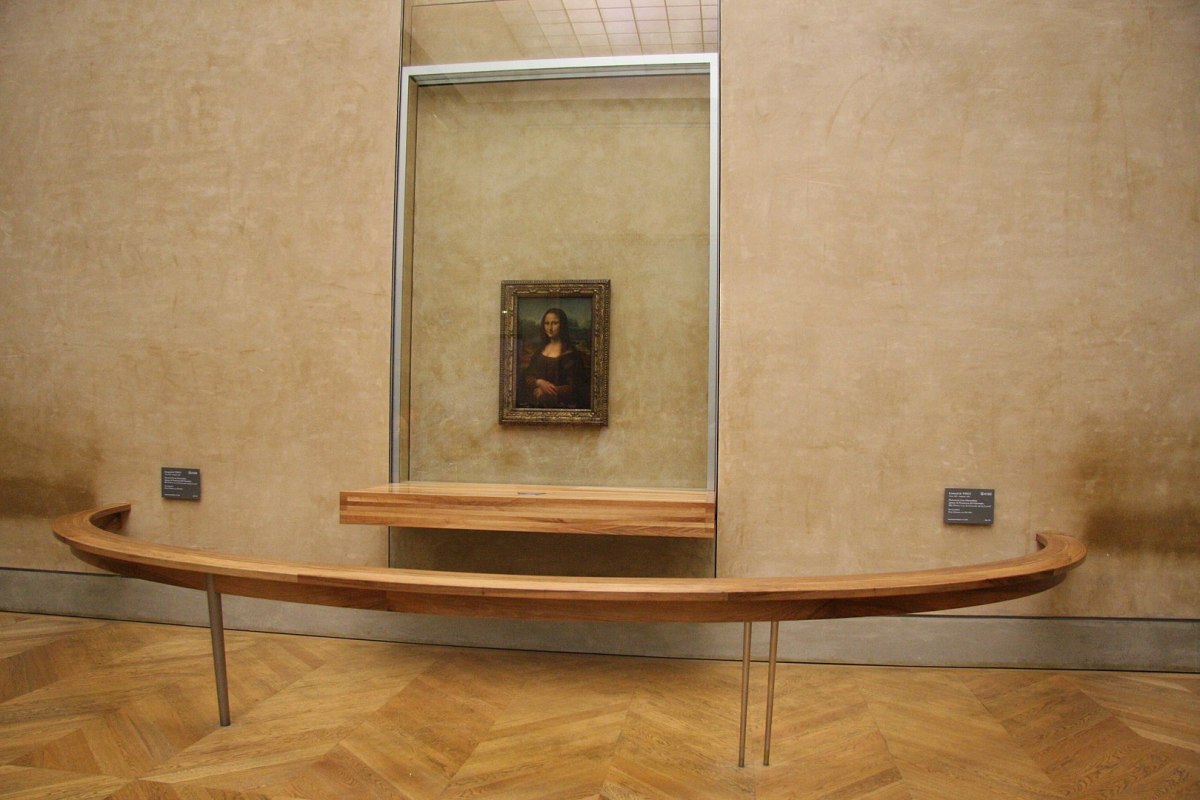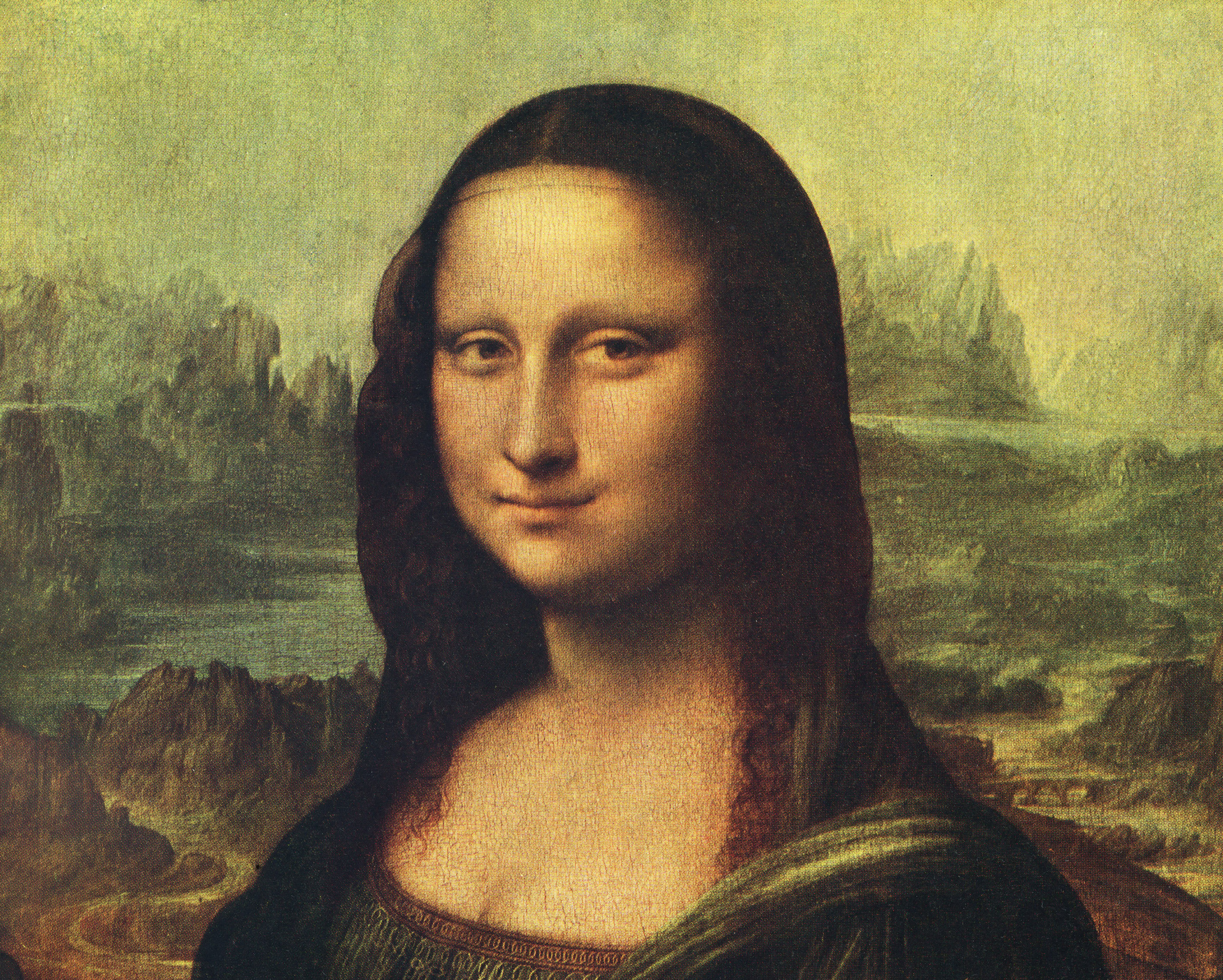If you’ve spent any time at all enveloped in stories where mysteries surround great works of art, you’ve probably encountered the notion of paintings below paintings, where some design or piece of information is discernible beneath the surface of a piece of art. The idea of something revelatory hiding in plain sight is deeply compelling, whether your reading tastes run more towards Umberto Eco or Dan Brown.
But this idea isn’t just an authorial invention created to move a particular plot along. And a new scientific discovery has revealed the details of an underdrawing below the surface of the Mona Lisa — something fascinating both in terms of the process by which it was discovered and by what it reveals about the artistic process itself.
In a new article in Popular Mechanics, Caroline Delbert explores the process that led to these findings after years of research. Using a multispectral camera from Lumiere Technology, scientists effectively mapped the surface of the painting. “The camera beamed infrared light that illuminated every layer’s nooks and crannies, and then an algorithm took the faintest traces and made them more visible,” Delbert writes.
What they found beneath were spolvero markings — a type of charcoal sketch used by artists to provide groundwork for the painting to follow. In this case, being able to see the markings showed how Leonardo da Vinci changed the figure’s pose while painting her — offering a welcome glimpse into the working methods of one of history’s most beloved artists.
Moments like these, where technology can illuminate the creative process, showcases the ways seemingly disparate disciplines can converge in fascinating ways.
Subscribe here for our free daily newsletter.
Thanks for reading InsideHook. Sign up for our daily newsletter and be in the know.















